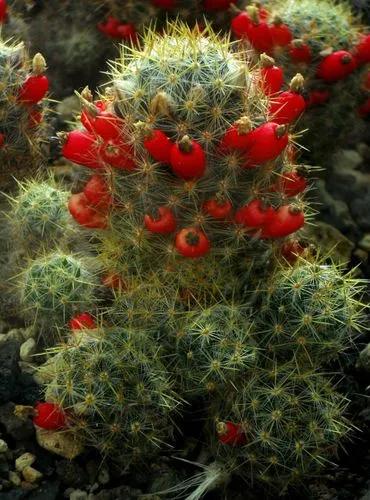Tamarindus indica, otherwise known as Tamarind, is a leguminous tree native to tropical Africa. It is the sole species in the Tamarindus genus and is long-lived. It grows up to 30 m tall and 1-2 m in trunk diameter. It has a dense, spreading, irregularly shaped crown and a short trunk. The bark is rough and gray with checkered pattern. The flowers are fragrant, red and yellow, and elongated. The leaves are evergreen, arranged alternately, pinnately compound, bright green, and elliptical ovular in shape. The fruits are indehiscent brown pods with fleshy pulp, each pod containing one to six glossy brown and somewhat flat seeds. It can be eaten raw or cooked. Mature seeds are dried then toasted or boiled. It can also be ground into flour or roasted as substitute to coffee. Young leaves and flowers are also edible raw or cooked. Tamarind also functions as a medicinal plant. It is used for sores, ulcers, boils, rashes, asthma, amenorrhea, rheumatism, wounds, throat infection, cough, fevers, intestinal worms, conjunctivitis, sprains, measles, urinary problems, scurvy, diarrhea, and dysentery. The seeds are sources of pectin that can be used for sizing textiles. When ground, boiled, and mixed with gum, the seeds produce a strong wood cement. Seed oil is used for paints and varnishes. Fruit pulp, on the other hand, when mixed with sea salt, is used to polish silver, copper, and brass. The leaves yield a red dye. The wood is used for general carpentry, sugar mills, wheels, hubs, wooden utensils, agricultural tools, furniture, etc. It is also ideal for fuel and charcoal. The plant is grown by seeds or cuttings. Growth rate is slow.
Indian Tamarind Care
Tamarindus Indica



How to Care for the Plant

Water

It prefers dry or moist soil and can tolerate drought.

Pruning

Use the clip and grow method with directional pruning. Drastic trunk/branch pruning should be done between May and August.

Fertilizer

Preferred ph is 5.5. Use an acid fertilizer weekly during the growing season and once a month during the winter. In early spring add a super phosphate to encourage blooming. Organic fertilizer is preferred. Over fertilization prevents good ramification and causes long internodes. Cut back on high nitrogen fertilizer after new growth is established.

Sunlight

It cannot grow in the shade.

Soil

Suitable for: light (sandy), medium (loamy) and heavy (clay) soils and prefers well-drained soil. Suitable pH: acid, neutral and basic (alkaline) soils and can grow in very acid and saline soils.

Temperature

It grows best in areas where annual daytime temperatures are within the range 20 - 35°c, but can tolerate 12 - 45°c. When dormant, the plant can survive temperatures down to about -3°c, but young growth can be severely damaged at -1°c

Popularity

1,481 people already have this plant 253 people have added this plant to their wishlists
Discover more plants with the list below
Popular articles






